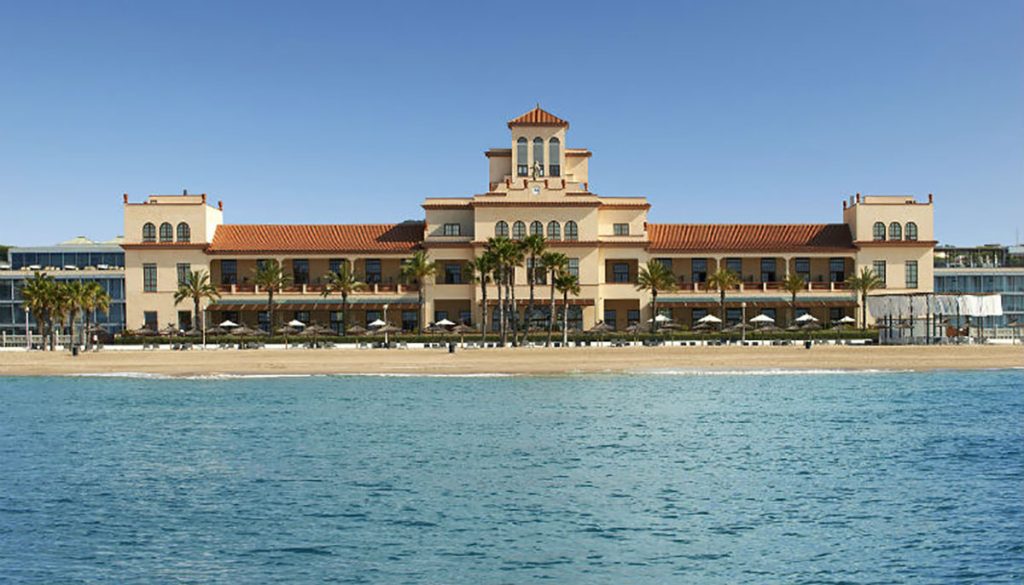
Spain has become one of Europe’s leading meeting & events destinations. Here are some of the key draws:
- Diversity of settings: From cosmopolitan cities like Madrid, Barcelona, Valencia, Seville, to coastal regions (Costa Dorada, Costa del Sol), islands (Balearics, Canary Islands), and more historic towns. This gives you flexibility in ambience: urban, beach, mountain, historic, modern.
- Modern infrastructure + hospitality: Many venues offer state-of-the-art facilities (auditoriums, exhibition space, breakout rooms), hotels with conference packages, access to international airports.
- Cost & value: Depending on region and season, Spain can offer excellent value compared to Northern or Central Europe, particularly outside of peak summer months.
- Culture, food & experience: Incorporating local culture (food, architecture, leisure) can make the event more memorable; many delegates value mixing business with “sense of place.”
But it’s not all seamless; there are challenges like seasonality (weather, prices), travel between less connected regions, sometimes bureaucratic issues, and language or service levels can vary.
What to Look for When Choosing a Venue
- Capacity and flexibility — plenary spaces, breakout rooms, exhibition halls if needed.
- Accessibility — proximity to international airports, train connections, road links.
- Accommodation — sufficient hotels of the right standard nearby, or onsite.
- Services & tech — AV, translation booths, simultaneous interpretation, WiFi, staging, etc.
- Climate, season & outdoor possibilities — in many places, outdoor galas, terraces etc are a plus if weather cooperates.
- Cost / budget predictability — large venues may have hidden costs (staffing, overtime, power, security).
- Sustainability / green credentials — increasingly important for associations and corporations.
- Local context & experience — local suppliers, catering, logistics, ease of permits if needed.
Regions & Venues to Know
| Venue | Location / Region | What’s Good / Highlights | Potential Limitations |
|---|---|---|---|
| FIBES – Seville Conference & Exhibition Centre | Seville, Andalusia | Recently expanded; large auditorium (up to 3,557 seats), many breakout rooms, indoor & outdoor exhibition space; good sustainability credentials. | In peak summer, heat and cost/hotel capacity; Seville is well-connected but not as central for all European delegates as Madrid or Barcelona. |
| World Trade Center Barcelona (WTCB) | Barcelona | 40,000 m² including convention halls, offices, multiple rooms, flexible for large groups; great location near the water; good mix of business and leisure opportunities. | Prices tend to be higher; city congestion; logistics/timing may need careful planning. |
| Euskalduna Conference Centre and Concert Hall | Bilbao, Basque Country | Very high-quality, combines concert hall + conference centre; excellent facilities, good design. | Less globally “known” than Barcelona/Madrid, so some delegates may have more travel; accommodation availability and supply might be more limited. |
| PortAventura Convention Centre | Near Barcelona (Costa Dorada) | Strong for mixed-purpose events; 13,000 m², 18 multifunctional rooms; attractive if you want resort + conference in one; good for combining work with leisure. | Slightly outside city; travel time may matter; often better for multi-day or incentive type events rather than tiny meetings. |
| Hyatt Regency Barcelona Tower | Barcelona region | Hotel + convention facility combo; 24 multipurpose rooms, large hall, good tech, strong hotel infrastructure. | Probably more expensive per person; you’ll need to check whether all breakout rooms are available; the scale may not always be optimal if you don’t need very large capacity. |
| La Llotja de Lleida | Lleida, Catalonia | More modest size, but decent capacity (main auditorium ~1,000, smaller halls 200-400), good if you want to host nearer to regional spots; newer facilities; more intimate. Wikipedia | Less international connectivity; fewer hotel options; less “glamour” if that’s part of your event’s branding. |
Trends & What’s Changing
- Sustainability: Venues are increasingly marketing themselves on green features, energy efficiency, renewable energy, low-impact building operations. (FIBES’ expansion is a case in point.)
- Hybrid / tech-rich events: More demand for strong AV, streaming capacity, hybrid meeting readiness.
- Outdoor / mixed indoor-outdoor: Given Spain’s climate, venues with terraces, patios, outdoor spaces are more in demand — but risk if weather turns.
- Flexible spaces: Modular rooms that can be reconfigured for plenary, breakout, exhibitions; mobile panel systems etc.
- Experience & branding: Venues that allow you to incorporate local flavour (gastronomy, culture, setting) are being selected more often.
| Criteria | Best Fit Venue Type in Spain for Product Launch | Best Fit Venue Type for Academic Congress |
|---|---|---|
| Location | Close to big airports (Barcelona / Madrid / Seville), good hotel capacity | Secondary city okay if well connected, nicer ambience might be valued over “big city” buzz |
| Venue size & flexibility | Large convention centre with exhibition hall + banquet space + breakout rooms | Medium-size conference centre or hotel with multiple meeting rooms + auditorium |
| Cost sensitivity | Likely willingness to spend more for impact and visibility | More budget constraints; needs good value per delegate |
| Ancillary activities | Resort or venue with options for dinners, entertainment, brand-aligned local experiences | Possibly cultural tours, city walk, art/heritage, more modest evening events |
Challenges & Risks (and How to Mitigate)
While Spain offers much, here are things to watch out for.
- Peak season saturation: Summer months (June-August) are hot, hotel demand is high, prices spike; also risk of lower availability. Mitigation: schedule outside peak, negotiate early.
- Weather unpredictability for outdoor parts: Even in warm areas, sudden rain or heat can disrupt events. Always have indoor backups.
- Transport / last-mile logistics: While cities are well-served, reaching more remote or coastal venues can require extra effort. Plan arrival logistics, local transport, timing carefully.
- Cultural / regulatory differences: Permits, opening hours (siestas!), working hours, local labour laws, audio-visual licensing etc. Event planners from outside Spain sometimes underestimate these.
- Language & local vendor reliability: For international events, ensure vendors / venue staff are comfortable with English (or languages you need), test AV ahead of time, get contracts clear.


